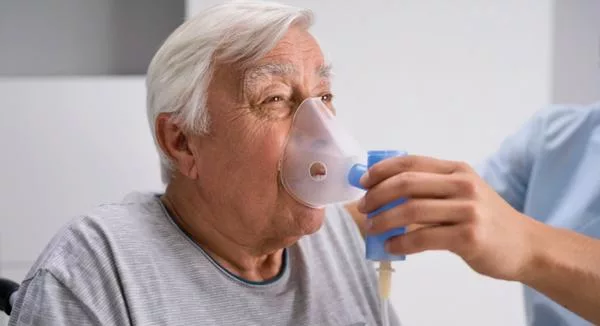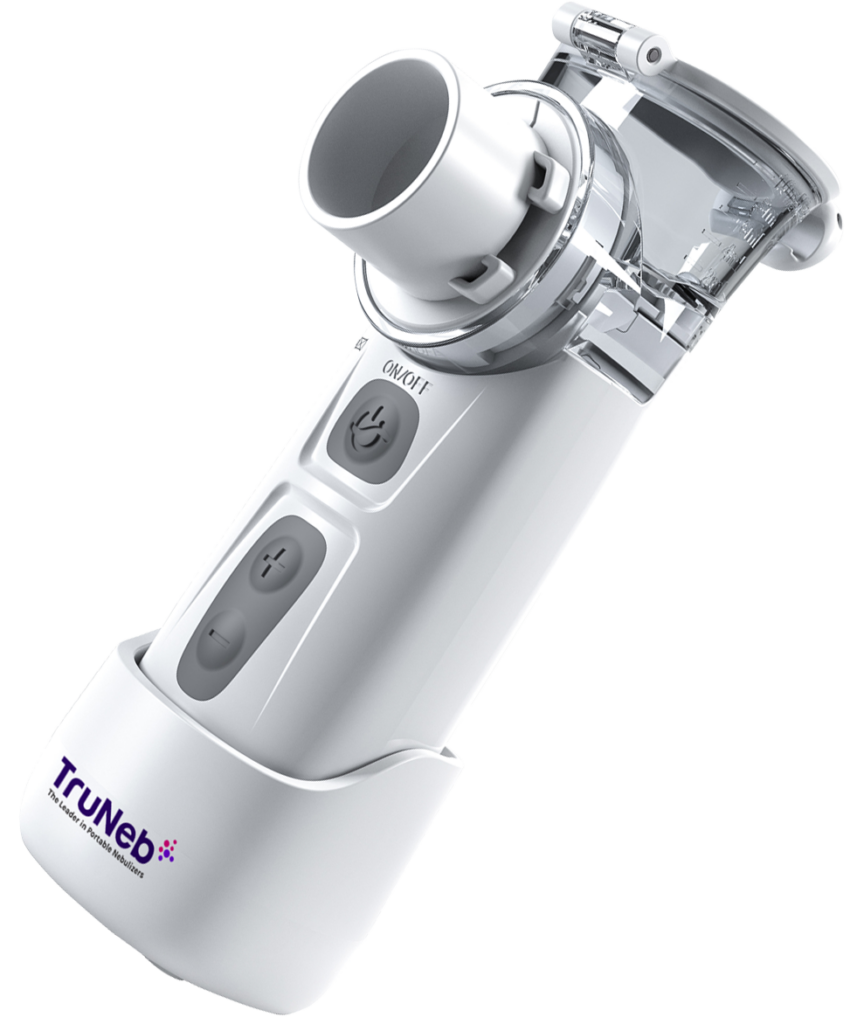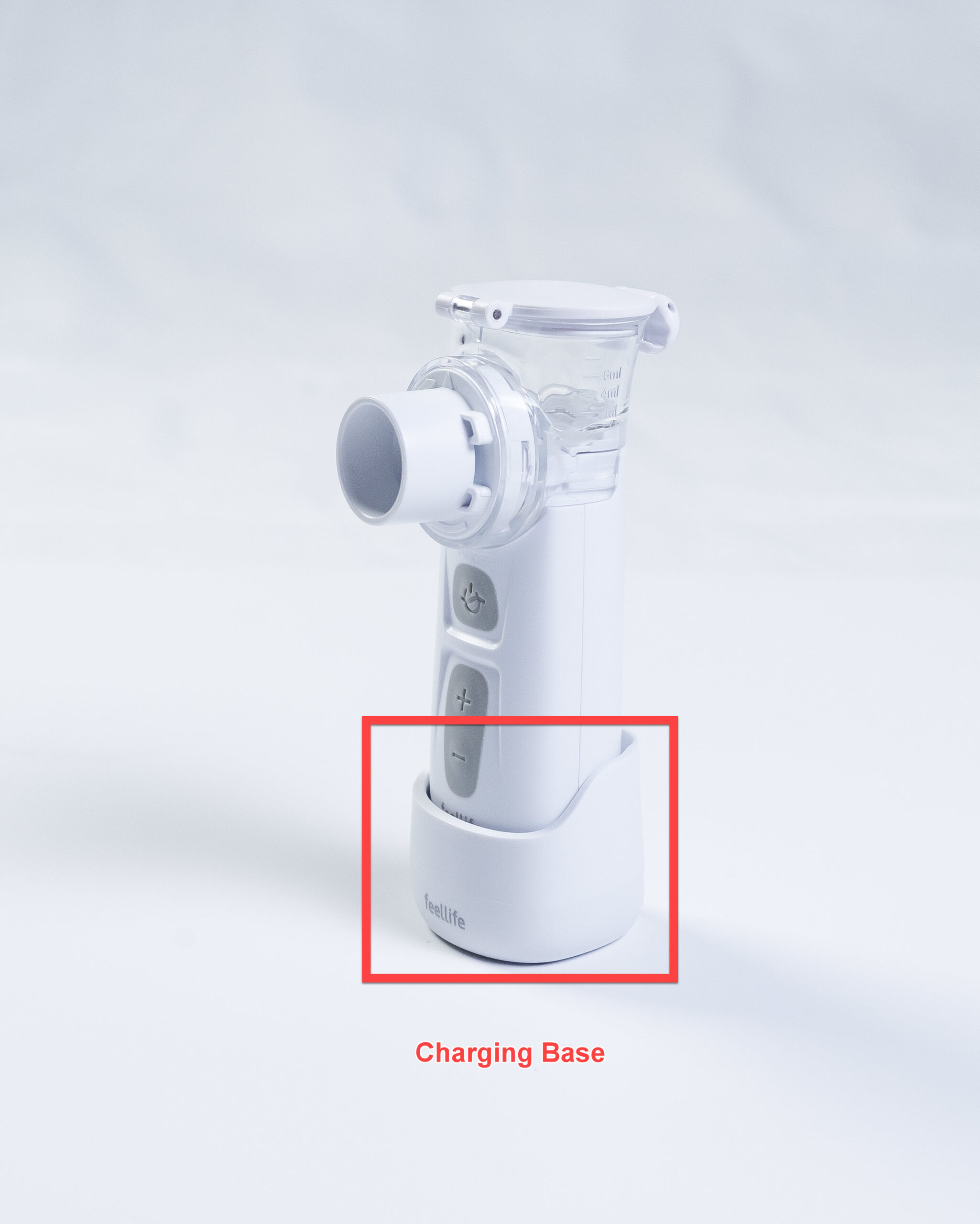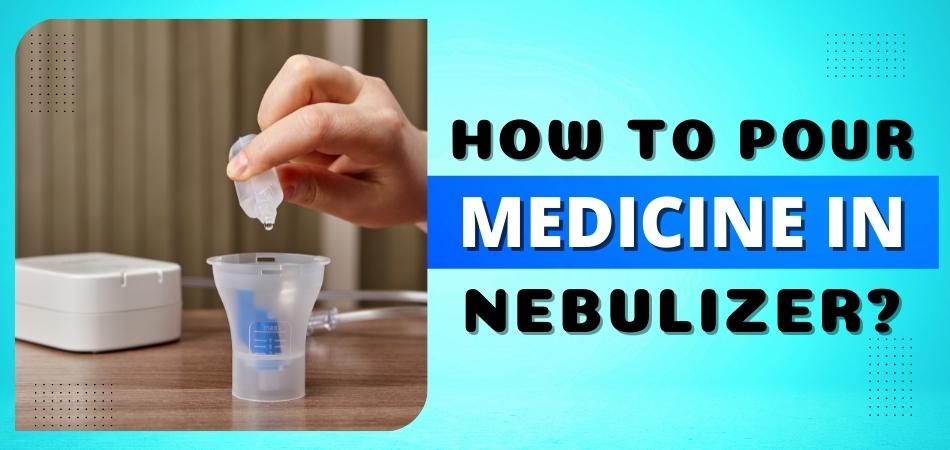If you’re looking for an oxygen tank, then it’s important to determine how you need it before getting one. So, how much oxygen do you need for your nebulizer?
The oxygen flow rates should not be given more than 6 L/min.
Giving too much oxygen can be dangerous, and it’s important to make sure that the patient is monitored closely when they’re receiving treatment.
How to Determine the Right Amount of Oxygen for A Nebulizer?
In order to determine the right amount of oxygen for a nebulizer, you need to first understand how nebulizers work.
Nebulizers are devices that deliver medication to the lungs in the form of a fine mist. The medication is usually a liquid, but it can also be a powder or gel.
Nebulizers use oxygen to create the fine mist of medication. The amount of oxygen that is used depends on the type of nebulizer, the medication, and the person’s individual lung function.
The recommended amount of oxygen for a nebulizer is 6-10L/min, but this can vary depending on the situation. For example, if a person has COPD, they may need a higher flow rate.
If you are not sure how much oxygen to use for your nebulizer, you should consult your doctor or respiratory therapist. They will be able to give you specific guidance based on your individual needs.
How Much Oxygen Should Be Used with A Nebulizer?
A nebulizer system is a machine that helps people with asthma or other lung conditions to breathe better. The machine turns liquid medicine into a fine mist, which the person then inhales through a mouthpiece or face mask.

One of the most important things to consider when using a nebulizer is how much oxygen should be used. The amount of oxygen that should be used depends on the person’s age, weight, and respiratory condition.
In general, it is recommended that adults use between two and six liters per minute, and children use between two and four liters per minute.
It is also important to make sure that the oxygen flow rate is not set too high, as this can cause the nebulizer cup to overflow.
If you are unsure about how much oxygen to use with your nebulizer, please consult with your doctor or respiratory therapist. They will be able to give you specific guidance based on your individual needs.
How to Use a Nebulizer with Oxygen?
A nebulizer with oxygen is commonly used in hospital settings, but they are also available to purchase for home use. If you or a loved one has difficulty using an asthma inhaler, a nebulizer may be a good option.
Here is a step-by-step guide on how to use a nebulizer with oxygen:
Step-1: Fill the medication cup with the prescribed medicine and screw it onto the compressor.
Step-2: Connect one end of the air tubing to the compressor and the other end to the nebulizer cup.
Step-3: Make sure that all connections are secure and then plug in the power cord.
Step-4: Turn on the compressor and wait for the medication to turn into a fine mist.
Step-5: Put on the facemask or mouthpiece and inhale deeply and slowly until all of the medication is gone.
Step-6: Rinse your mouth after treatment and disconnect all of the tubings.
Step-7: Clean all parts of the nebulizer according to the manufacturer’s instructions and store them in a cool, dry place.
With proper care and cleaning, a nebulizer can last for many years and provide relief from respiratory symptoms when needed.
By following these simple steps, you can ensure that you or your loved one gets the most out of this important medical device.
What Are the Benefits of Using Oxygen with A Nebulizer?

There are many benefits of using oxygen with a nebulizer.
- For instance, when you use oxygen with your nebulizer, it can help to improve the function of your respiratory system.
- Additionally, using oxygen with a nebulizer can also help to alleviate some of the symptoms associated with COPD, such as shortness of breath and coughing.
- Furthermore, if you have asthma, using oxygen with a nebulizer can help to prevent or reduce the severity of an asthma attack.
- Finally, using oxygen with a nebulizer can also help to improve the overall quality of your life by helping you to breathe more easily and reducing your symptoms.
Therefore, if you are considering using oxygen therapy, speak to your doctor about whether using oxygen with a nebulizer is right for you.
Are There Any Risks Associated with Using Oxygen with A Nebulizer?
There are no risks associated with using oxygen with a nebulizer, as long as you use the correct flow rate. Oxygen should only be used with a nebulizer if your doctor has prescribed it.
Oxygen flow rates are given in liters per minute (L/min). You should use the lowest flow rate (speed) that achieves the target saturation. Higher flow rates may be needed if you have a fast respiratory rate or if your nebulizer is not delivering the medication very well.
How Often Should Oxygen Be Used with A Nebulizer?
For best results when using a nebulizer with oxygen, the British National Formulary (BNFC) recommends the following:
- The delivery of oxygen should be set at 6ufffd10 L/min
- The nebulizer should be placed between the patient’s mouth and the oxygen source
- The output from the nebulizer should be directed toward the patient’s mouth, not into the oxygen tubing
Inhalation therapy with a nebulizer and oxygen is an effective way to deliver medication to patients with COPD.
A recent study in the UK compared the results of two different nebulizers and found that both had similar efficacy in terms of delivering medication to the lungs.
What Are the Side Effects of Using Oxygen with A Nebulizer?
Oxygen therapy can help to improve your breathing and quality of life. However, it can also cause some side effects, such as
- Sneezing,
- Stuffy nose
- Coughing
- Mild wheezing.
In most cases, these side effects are not serious and will go away on their own. However, if you experience any of these symptoms persistently or they seem to be getting worse, you should speak to your doctor.
It is also important to ensure that you use your nebulizer as directed by your doctor or respiratory therapist. This will help to minimize the risk of any side effects.
How Long Can Oxygen Be Used with A Nebulizer?
A nebulizer is a device that uses oxygen to turn medication into a fine mist, which can then be inhaled. Nebulizers are often used to treat respiratory conditions such as asthma and COPD.

Oxygen-driven nebulizers are powered by compressed oxygen, and they are generally more portable and easier to use than other types of nebulizers.
Oxygen-driven nebulizers typically have a maximum use time of six minutes. This means that the nebulizer should be turned off for at least two minutes between treatments.
If you are using an oxygen-driven nebulizer, it is important to follow the instructions carefully to ensure that the medication is being delivered properly and that the risk of side effects is minimized.
What Are The Different Types Of Nebulizers Available?
There are a variety of nebulisers available to suit different types of therapy. The British National Formulary for Children (BNFC) provides guidance on the selection of nebulisers.
The type of nebuliser you will need depends on the medication you are using and your clinical needs. The most important consideration is the size of the reservoir and how long it will last before it needs refilling.
The table below lists some of the most common nebulisers and their delivery rates. Please note that this is not an exhaustive list and you should always discuss with your pharmacist or healthcare professional which nebuliser is most suitable for your needs.
- Nebuliser Delivery rate (ml/min)
- Mini Compressor 8-10
- Compressor Nebuliser 8-10
- Ultrasonic Nebuliser 0.25-0.50
- B IPAP 2-6
Which Type of Nebulizer Is Best for Use with Oxygen?
Any type of nebulizer can be used with oxygen, but the most effective nebulizers are those that use an air compressor.
These types of nebulizers are designed to create a fine mist that is easily inhaled by the patient. The mist is created by pressurizing oxygen and then passing it through a small chamber filled with medication.
This process delivers a high concentration of medication to the lungs, which is ideal for treating respiratory conditions such as asthma and COPD.
Air compressors are also relatively quiet, making them more pleasant to use than other types of nebulizers. As a result, they are often the preferred choice for home use.
Wrap Up
Nebulizers are a great way to get medication into the lungs. They come in various sizes and can be used for different purposes.
There are many factors that will affect how much oxygen you need for your nebulizer, including the type of nebulizer you have, the severity of your condition, and your age.
Talk to your doctor about which setting is best for you.



